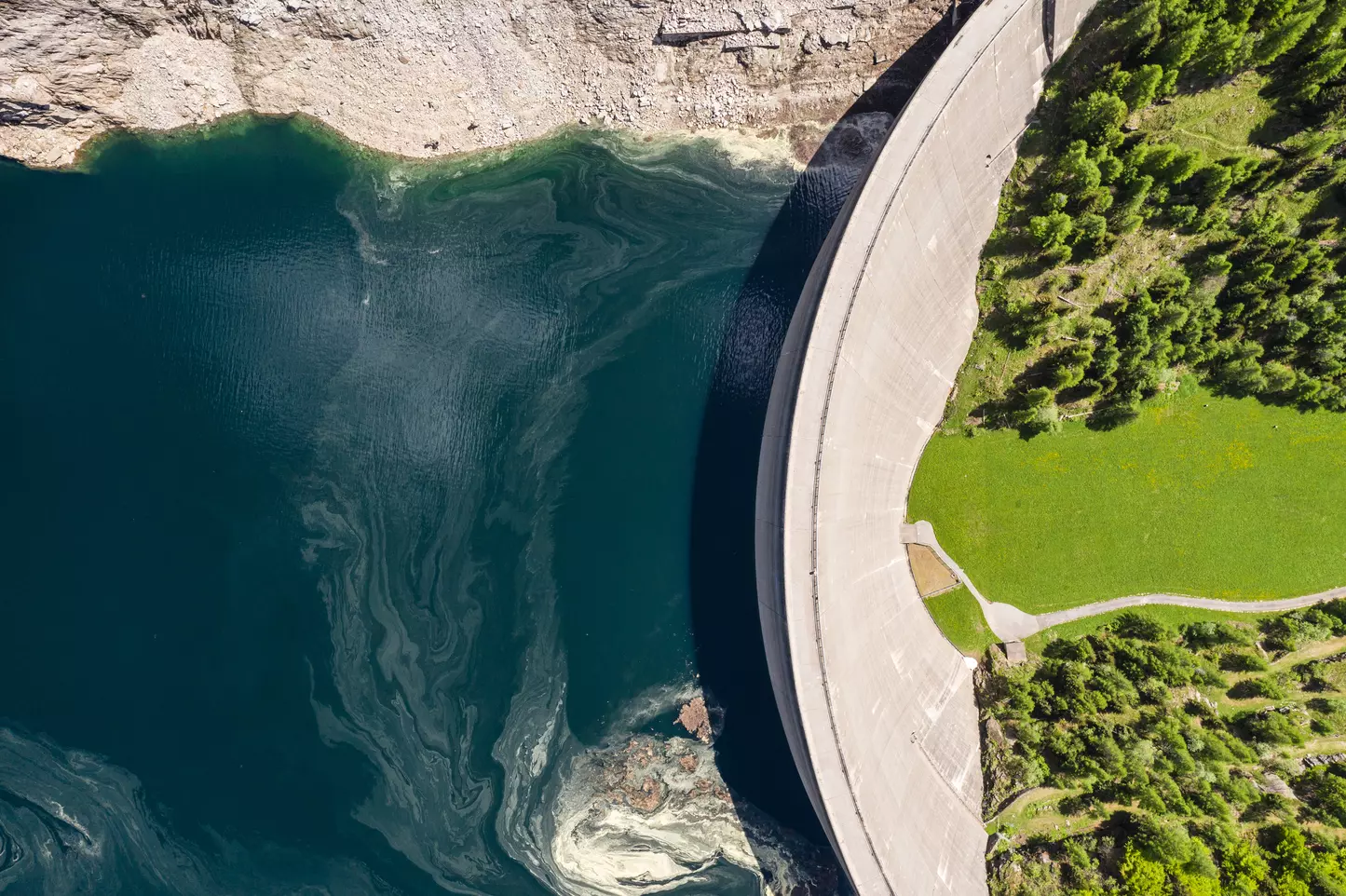The International Renewable Energy Agency (IRENA) is a leading global intergovernmental agency for energy transformation, that serves as the principal platform for international cooperation, supports countries in their energy transitions, provides state-of-the-art data and analyses on technology, innovation, policy, finance and investment.
IRENA drives the widespread adoption and sustainable use of all forms of renewable energy, including bioenergy, geothermal, hydropower, ocean, solar and wind energy in the pursuit of sustainable development, energy access, and energy security, for economic and social resilience and prosperity and a climate-proof future.
IRENA’s membership comprises 167 countries and the EU. Together, they decide on the Agency’s strategic direction and programmatic activities, in line with the global energy discourse and priorities to accelerate the deployment of renewables-based energy transitions worldwide.
The first IRENA World Energy Transitions Outlook was recently presented in Rome, along with ENI, at the Gazometro area in Roma Ostiense. The report charts an evolving path to a climate-secure future in line with the goals of the Paris Agreement. Its path to 1.5°C offers a roadmap for accelerating the global energy transition, with electrification and efficiency as key drivers of change, supported by renewable energy, hydrogen and sustainable biomass.
The meeting was attended by Vannia Gava, Italian Vice Minister of the Environment and Energy Security; Clara Poletti, Commissioner ARERA and Chairperson of the Board of Regulators ACER; Francesco La Camera, Director General IRENA; Claudio Descalzi, Eni’s CEO; and Elizabeth Press, Director Planning and Programme Support IRENA; moderated by Reuters journalist Giselda Vagnoni.
Elizabeth Press gave us the highlights from this year’s report, as she represents IRENA in climate-focused organizations and initiatives and leads several special projects, including geopolitics of energy transitions.
Ms Press, what’s about this report of the IRENA World Energy Transitions?
“This first volume of the report provides an overview of energy transition processes, tracking progress and gaps in all energy sectors. World Energy Transitions Outlook 2023 identifies priority areas and actions based on available technologies that must be implemented by 2030 in order to achieve zero net emissions by 2050”.
Did you see any result since when the Paris Agreement was adopted around 2015?
We saw great progress in the development of renewable energy. We started a deep discussion between renewables and fossil fuel, new capacity efficiency in the power sector and then the renewables took off. And what's really interesting, when we look from 2020 onwards, when the major prices really hit the world, starting with COVID, to the energy crisis, to the war in Ukraine, we saw a greater shift towards renewables.”
How is it going nowadays?
“We have seen in 2020 a new high in investment in the energy transition, with renewables accounting for about half a trillion, which is quite remarkable, given how much the cost has reduced in the past decade or so. And the totality of investments was about 1.3 trillion. What we see is dominance of renewables, efficiency, and electric mobility, where the other sectors are a little bit slower in terms of investment.”
What does this mean for the energy transition?
“One, we're not on track. We're not even close to where we need to be. If you look at the report, you will see where we stand in terms of progress, technology by technology.”
How do you see the future?
“Renewable energy will be the main carrier. And you can see that IRENA estimates that 91% of our generation would be from renewables in 2050, with nuclear 4% and fossil fuels, gas to be specific, at around 5%. But we have to go beyond the power sector. The power sector in itself is not really enough to decarbonize the energy system.”
What does it mean exactly?
“That people have to do electricity, but also go to hydrogen as an energy decarbonizer and accelerate direct use of renewables such as heat pumps. In effect, that means that people flip the ratio and the primary energy supply from 60% of renewables today to 77% in 2050. What we see in the planned energy scenario is that countries' plants today would cost about 1.3 trillion by 2050 in investments, to realize what they have had in the pipeline.”
Is this energy transition time applying equally all over the world?
“Not at all. They’re many inequalities in the shift in energy transition. Certain regions and countries are really moving forward, mainly Europe, North America and China, India to a certain extent, but the rest of the world is really staying behind. Africa still has over 600 million people without access. It still has a lot of potential to be exploited, and it's not only about access to energy, it's about access to essential services and access to a possibility of a stronger economy and more inclusive areas in societies.”
What can help to reduce the gap?
“Three essential pillars. One is the infrastructures required to enable the full potential of renewables to be exploited. This is not a replacement system, this is a new system. So we will need a new grid infrastructure with new cables, new sea rooms, new ports, new ways to distribute energy and also to connect the parts of the world that are not connected today. And this is not only a matter of charity or of convention, it's a matter of necessity. Much of the resources that we will need as green hydrogen, critical materials and other elements, are coming specifically from African areas and other regions without proper infrastructures, to harness the enormous renewable potentials. The second pillar is policy regulation. Again, it's still focused on fossil fuels. And finally, the third part is within and around the institutions. Again, institutions are still reflecting the 20th century energy system. So the education that underpins skill development still has to adapt and modernize to reflect what we will need in the coming decades. So, these are the combined elements that lead to positions and the necessary actions for a better future.”
